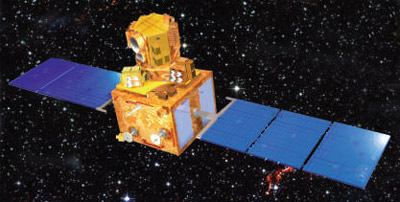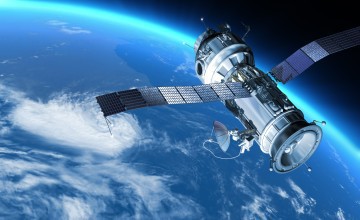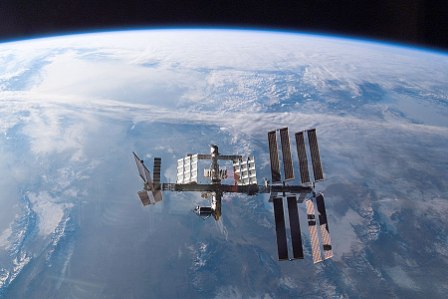
BENGALURU (PTI): India's latest Earth observation satellite, RESOURCESAT 2A, will be launched on board ISRO's workhorse Polar Satellite Launch Vehicle on December 7 from the spaceport of Sriharikota in Andhra Pradesh.
"RESOURCESAT-2A is scheduled to be launched on December 07, 2016 at 10:24 hours (IST) from SDSC (Satish Dhawan Space Centre), SHAR, Sriharikota," said the Indian Space Research Organisation, which had earlier planned to launch it on November 28.
PSLV-C36, the 38th flight of PSLV, will place the 1,235-kg RESOURCESAT-2A into an 817 km polar Sun Synchronous Orbit (SSO), ISRO said, adding that, in this flight, the 'XL' version of PSLV with six solid strap-on motors is being used.
Remote sensing satellite RESOURCESAT-2A, used for resource monitoring, is a follow-on mission to RESOURCESAT-1 and RESOURCESAT-2, launched in 2003 and 2012, respectively.
It is intended to continue the remote sensing data services to global users provided by RESOURCESAT-1 and RESOURCESAT-2, ISRO said.
The configuration is similar to RESOURCESAT-2 having three-tier imaging capability, with a unique combination of payloads consisting of three solid-state cameras-- a high resolution Linear Imaging Self Scanning Sensor LISS-IV, a medium resolution Linear Imaging Self Scanning Sensor LISS-III and an Advanced Wide Field Sensor (AWiFS).
The spacecraft mass is around 1200 kg with a power generation capacity of 1250 W and a mission life of five years.
PSLV, ISRO's versatile launch vehicle for launching multiple satellites in polar SSOs, Low Earth Orbits (LEO) as well as Geosynchronous Transfer Orbit (GTO) and sub GTO, has 36 successful launches to its credit so far.
During 1994-2016 period, PSLV has launched a total of 121 satellites, including 79 from abroad.
 Previous Article
Previous Article Next Article
Next Article












The Indian Air Force, in its flight trials evaluation report submitted before the Defence Ministry l..
view articleAn insight into the Medium Multi-Role Combat Aircraft competition...
view articleSky enthusiasts can now spot the International Space Station (ISS) commanded by Indian-American astr..
view article